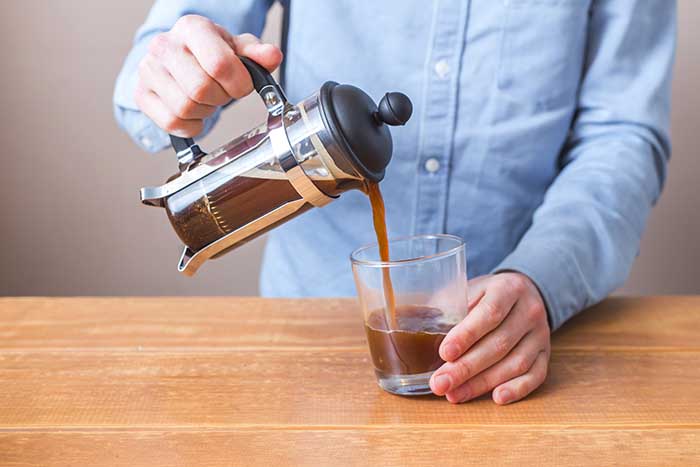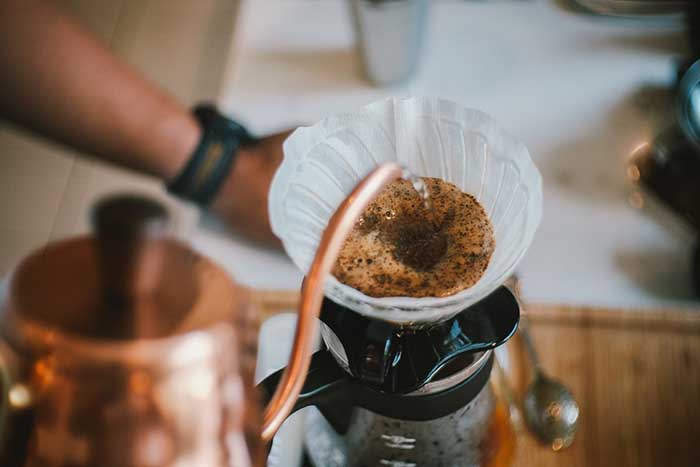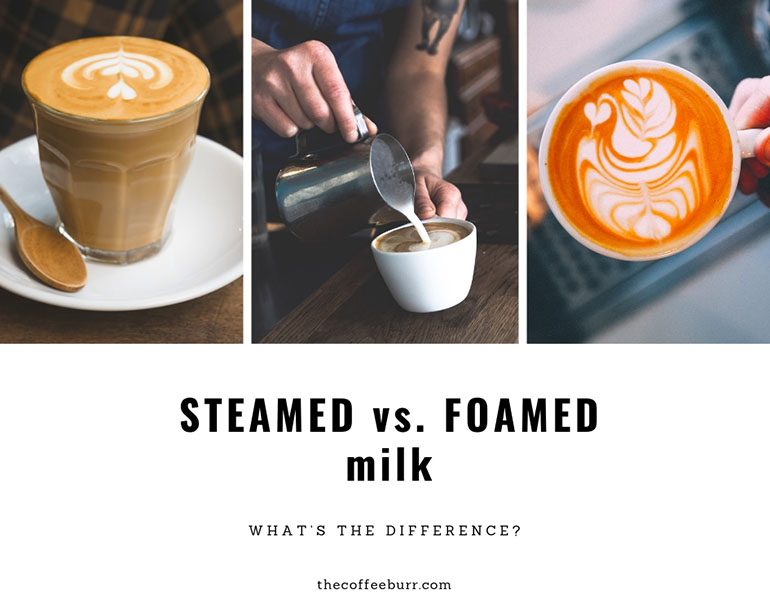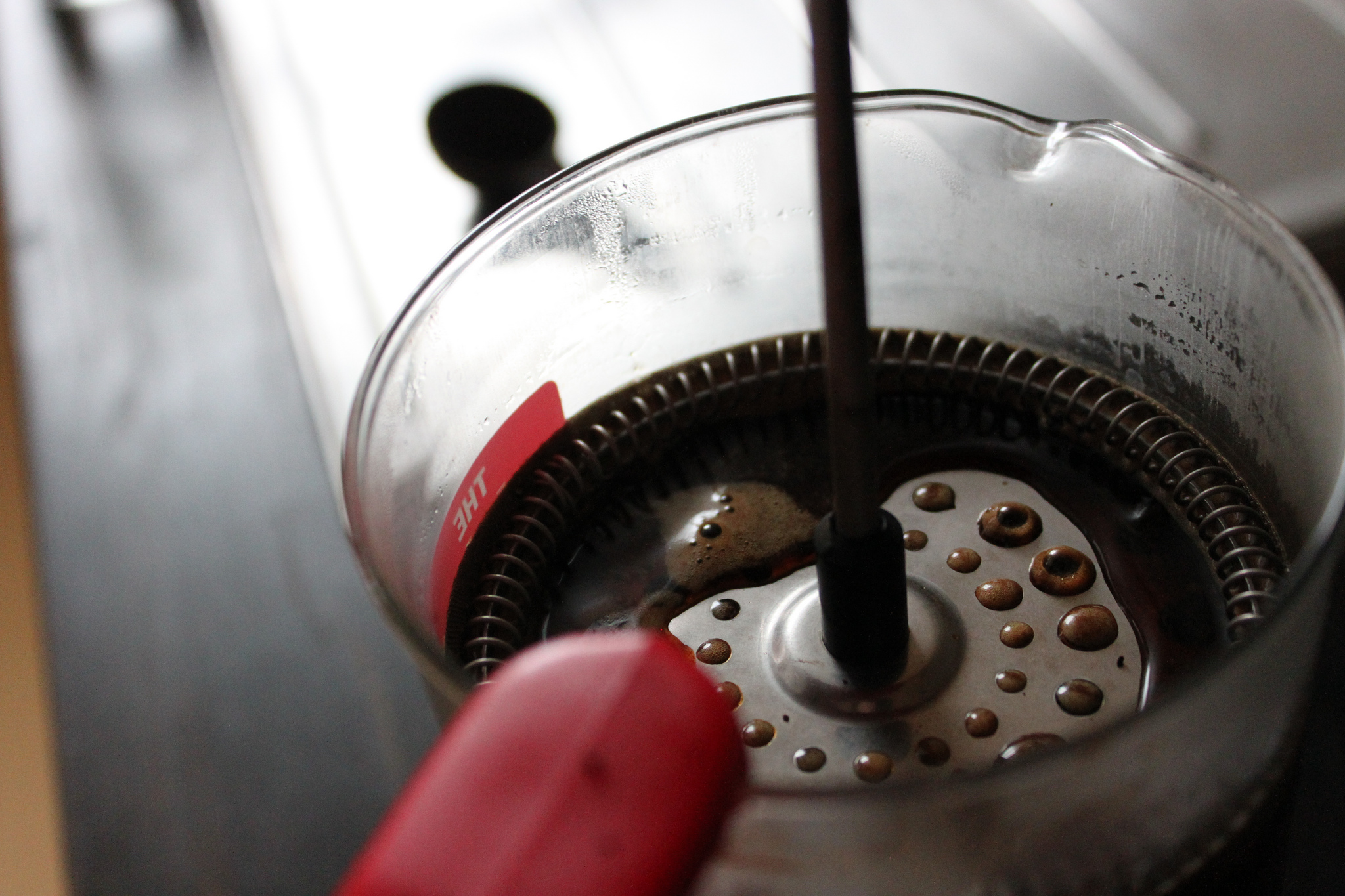Pour over coffee and french press are two of the world’s most popular coffee brewing methods, but what are the differences between them? Find out everything you need to know with our complete coffee guide.

Do you love coffee? We’ve got the perfect guide for you! Whether you’re a pour over or french press drinker, we’ve got all the information on how to make your favorite type of coffee. Learn about everything from brewing techniques to what equipment is needed and more. You’ll be an expert in no time with our easy-to-follow instructions!
As a coffee lover, you may be wondering what’s the difference between pour over and French press coffee. Both methods have their pros and cons, but for many people one is clearly better than the other.
Pour overs are made with more finesse and precision then French presses so that they taste smoother. They also use less ground beans per cup of water which can help to make it cheaper in the long run because you’re not using as much product. The downside is that it takes longer to brew while French presses only take minutes to produce a great tasting cup of coffee! If your goal is just time efficiency then a French press might be best for you, but if flavor quality matters most or if you want an environmentally friendly option then pour overs should be your go-to.
French Press Coffee
French press coffee is a way of brewing coffee. You may think that it is French, but on the contrary, there has been some debate about where it originated from. The legend of how the French press came into involving a bit of each nation. The tale says a Frenchman was making coffee over a fire when he realized he hadn’t added the beans to the water. When he
tried to, the beans simply rose to the top. To combat this, the Frenchman bought a metal plate from an Italian who was passing by.
The Frenchman had one portion of coffee left, so he was not about to throw out the little he had because he hadn’t brewed the coffee the way he knew how. He then placed the screen from the Italian over his boiling pot and used a stick to push down on the plate, crushing the coffee and forcing the infusion to take place. This happened around the 1850s. Of course, it has gone through many different developments through the years, with the first patent being in 1928.
However many developments the French press has gone through, the basic process is the same. There are three components to it, a pot, a filter, and a plunger. The plunger usually has a stainless steel filter attached to it, then pushed down, pressing the coffee beans and water, forcing the two to immerse into a pot. When you use a French press, the coffee you get is full-bodied, intense, and very aromatic.
Advantages
- It gives a full-bodied taste
- The coffee is aromatic and full of flavor
- You won’t need to preheat the cup.
- It is affordable to buy
Disadvantages
- You need some sort of know-how to use it.
- Has some grit

Pour Over Coffee
Pour-over coffee is a popular method for specialty coffee. It is also known as Chemex and is a drip method of making coffee. It is often used in competitions, as you might have guessed from the name, pour-over coffee. This method of brewing coffee involves pouring your coffee. The technique involves pouring water through a filter. The water passes through the coffee ground, and in this way, it is infused with the coffee.
The advantage of using this method is that it helps bring out the flavor in the beans. The taste that you are looking for should be clean and consistent. With the pour-over method, you are pouring hot water over coffee grounds using a cone. This method needs patience. You will need to let it filter through and then wait before you pour more water. The careful filtering gives yield to a smooth cup of coffee.
The taste is light due to the process. This extracts the fragrances and aroma that are unique to each variation of coffee. This method relies on infusion rather than immersion, as is the case with the French press method. A constant supply of freshwater makes the result a lighter version than what you would get from the French press method. The coffee will not be as deeply immersed as coffee made in a French press.
Advantages
- It helps you appreciate the beauty of waiting on a manually made brew.
- You know what’s going into your coffee, and you can control every step of the process.
- It has no grit, giving you a smooth cup.
- It works well if you want to make a few cups at a time.
Disadvantages
- It leaves room for human error because you’re doing it by hand.
- You need to know how to do it properly.
Differences
These two coffee brewing methods have their differences, and this is what influences the choices and preferences made by people.
Brewing process
The pour-over method uses filtration or dripping. This means it will take longer. The filtration process used is the drip method. This method uses infusion.
A French press uses the steeping method, which involves immersion and gives a more potent brew.
Time needed
The pour-over method will need about 5 or 6 minutes of brewing time. This could be because you will need the extra time to set up the filter.
The French press method will take 5 minutes since there isn’t much setting up to do. The great thing is that you have control over the processes.
The French press method is quicker.
Cost of equipment
Pour-over coffee makers can range between $30 and $70. This will depend on whether you are getting a high-end or low-end coffee maker.
French press coffee makers will usually range between $10 and $70. The higher-end brands will usually give better results.
Grind size
For a French press coffee maker, a coarse grind works better.
For pour-over method coffee, a medium-coarse grind is what you will need for the best results.
Taste/quality of coffee
The taste of the coffee is highly dependent on the way the coffee is brewed. French pressed coffee is more robust and has a fuller body, fully immersed in the grind. The beans come in contact with the brew, and this makes it stronger.
The pour-over method gives you coffee that is lighter and not as strong as French pressed coffee. It is also smoother in taste.
Acid
In general, coffee has a level of acidity, even though it can not necessarily be said to be an acidic beverage. Acidity is activated when the coffee is brewed, and as such, the brewing method also influences it.
French pressed coffee has muted acidity. In contrast, pour-over coffee will have brighter and slightly more acidic notes. Even though it is more acidic, it is still not overwhelming.
Caffeine
French press coffee has 742miligrams per liter. Pour-over coffee has less caffeine, with 692 milligrams per liter.
Cost
The pour-over method tends to be more costly to run because you will need to replace the filters after each use. The cost will stack up.
A French press coffee maker is less expensive in the long run.

